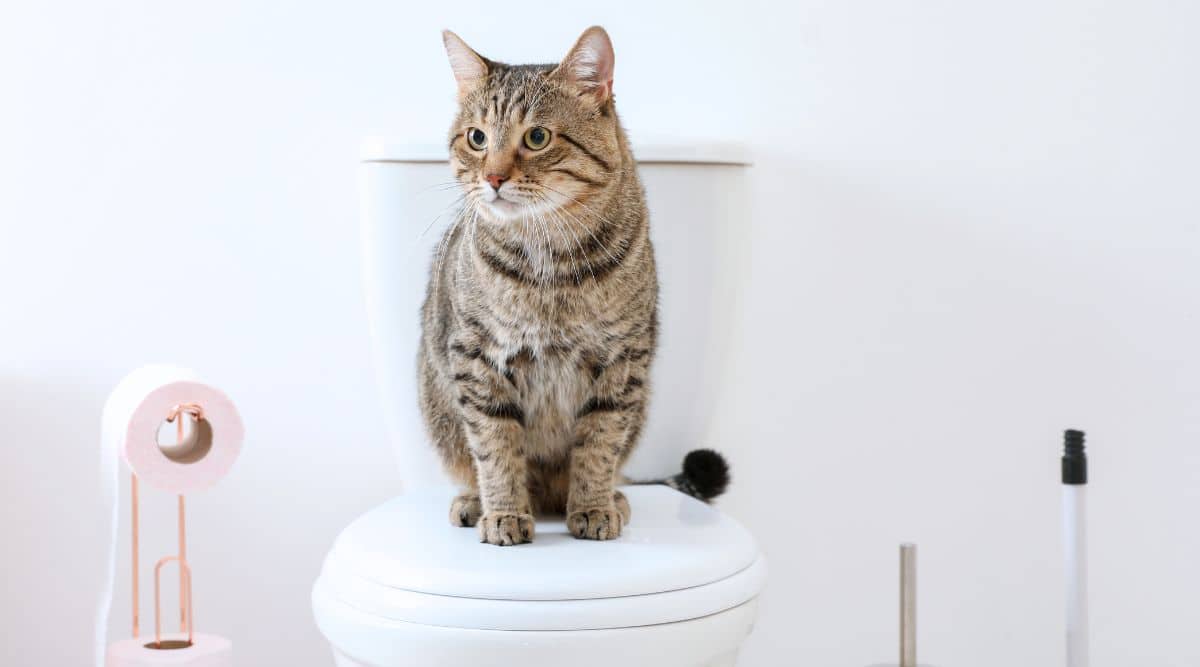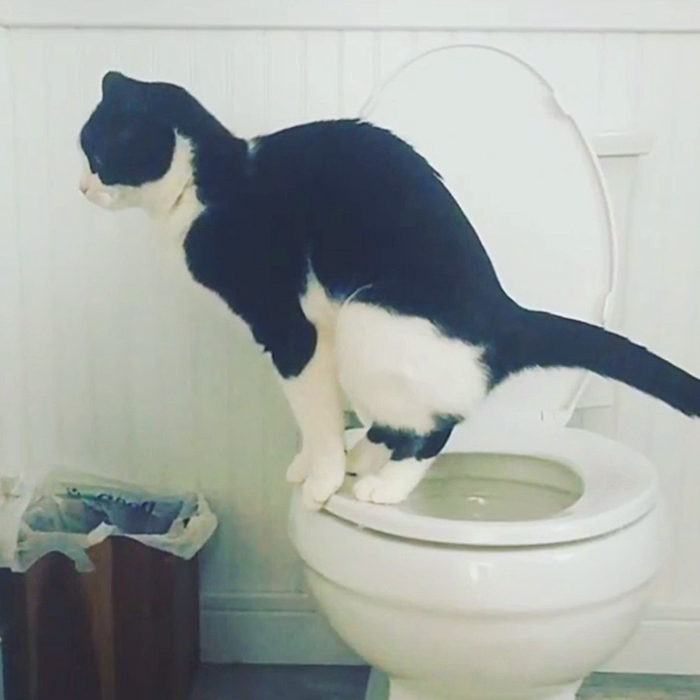Avoid Toilet Disasters: Never Flush Cat Poop Down Your Toilet - Professional Advice
Avoid Toilet Disasters: Never Flush Cat Poop Down Your Toilet - Professional Advice
Blog Article
The article author is making several good observations relating to Can You Flush Cat Poo or Litter Down the Toilet? as a whole in this article down below.

Intro
As pet cat proprietors, it's essential to be mindful of exactly how we take care of our feline buddies' waste. While it may seem practical to flush cat poop down the toilet, this practice can have harmful repercussions for both the environment and human health.
Environmental Impact
Flushing feline poop presents unsafe virus and bloodsuckers right into the water system, posturing a substantial threat to water environments. These pollutants can negatively affect marine life and compromise water quality.
Wellness Risks
Along with ecological worries, flushing cat waste can also posture health risks to humans. Cat feces might consist of Toxoplasma gondii, a parasite that can cause toxoplasmosis-- a possibly extreme health problem, especially for pregnant women and people with damaged immune systems.
Alternatives to Flushing
Fortunately, there are much safer and a lot more accountable means to throw away feline poop. Think about the adhering to options:
1. Scoop and Dispose in Trash
The most usual approach of throwing away cat poop is to scoop it into a naturally degradable bag and toss it in the garbage. Make sure to use a committed trash scoop and take care of the waste quickly.
2. Usage Biodegradable Litter
Select biodegradable pet cat litter made from products such as corn or wheat. These trashes are environmentally friendly and can be securely dealt with in the garbage.
3. Bury in the Yard
If you have a backyard, consider hiding cat waste in a marked area far from vegetable yards and water sources. Make sure to dig deep enough to avoid contamination of groundwater.
4. Mount a Pet Waste Disposal System
Invest in a pet dog waste disposal system especially developed for pet cat waste. These systems use enzymes to break down the waste, minimizing smell and environmental influence.
Conclusion
Accountable pet dog ownership prolongs past providing food and shelter-- it likewise involves appropriate waste monitoring. By refraining from purging pet cat poop down the commode and choosing different disposal methods, we can reduce our ecological impact and safeguard human health and wellness.
Why Can’t I Flush Cat Poop?
It Spreads a Parasite
Cats are frequently infected with a parasite called toxoplasma gondii. The parasite causes an infection called toxoplasmosis. It is usually harmless to cats. The parasite only uses cat poop as a host for its eggs. Otherwise, the cat’s immune system usually keeps the infection at low enough levels to maintain its own health. But it does not stop the develop of eggs. These eggs are tiny and surprisingly tough. They may survive for a year before they begin to grow. But that’s the problem.
Our wastewater system is not designed to deal with toxoplasmosis eggs. Instead, most eggs will flush from your toilet into sewers and wastewater management plants. After the sewage is treated for many other harmful things in it, it is typically released into local rivers, lakes, or oceans. Here, the toxoplasmosis eggs can find new hosts, including starfish, crabs, otters, and many other wildlife. For many, this is a significant risk to their health. Toxoplasmosis can also end up infecting water sources that are important for agriculture, which means our deer, pigs, and sheep can get infected too.
Is There Risk to Humans?
There can be a risk to human life from flushing cat poop down the toilet. If you do so, the parasites from your cat’s poop can end up in shellfish, game animals, or livestock. If this meat is then served raw or undercooked, the people who eat it can get sick.
In fact, according to the CDC, 40 million people in the United States are infected with toxoplasma gondii. They get it from exposure to infected seafood, or from some kind of cat poop contamination, like drinking from a stream that is contaminated or touching anything that has come into contact with cat poop. That includes just cleaning a cat litter box.
Most people who get infected with these parasites will not develop any symptoms. However, for pregnant women or for those with compromised immune systems, the parasite can cause severe health problems.
How to Handle Cat Poop
The best way to handle cat poop is actually to clean the box more often. The eggs that the parasite sheds will not become active until one to five days after the cat poops. That means that if you clean daily, you’re much less likely to come into direct contact with infectious eggs.
That said, always dispose of cat poop in the garbage and not down the toilet. Wash your hands before and after you clean the litter box, and bring the bag of poop right outside to your garbage bins.
https://trenchlesssolutionsusa.com/why-cant-i-flush-cat-poop/

As a devoted reader on Can You Flush Cat Poo or Litter Down the Toilet?, I think sharing that piece of content was smart. Liked our entry? Please share it. Let someone else locate it. We love reading our article about Don’t flush cat feces down the toilet.
Free Estimate Report this page